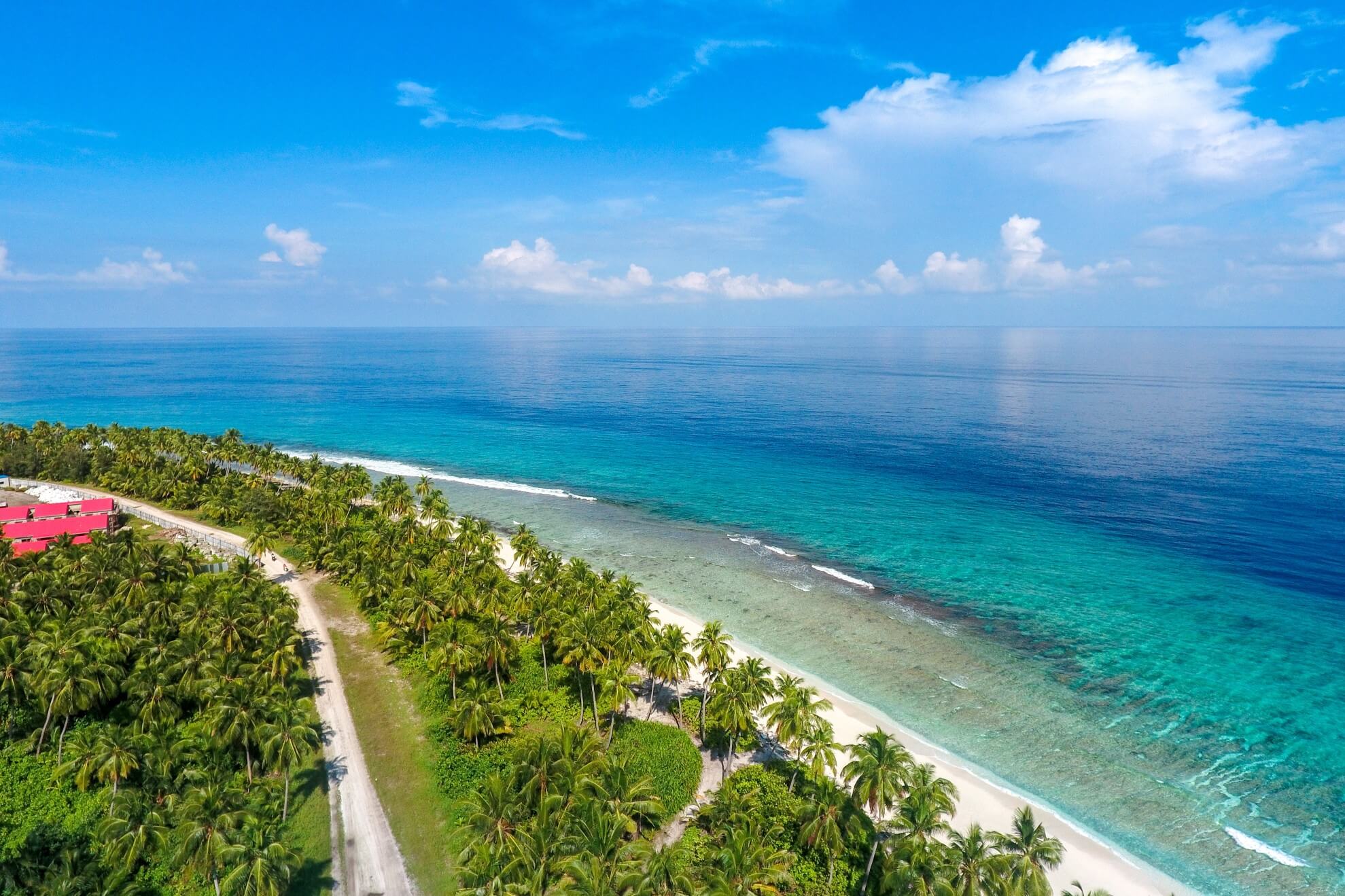

Black-tailed deer, a subspecies of mule deer are common, as are western gray squirrels, chipmunks and raccoons. The area welcomes a tremendous number of species of birds. Spring wildflowers are also widespread throughout the range.

At higher elevations and on sunny south slopes a more drought-resistant chaparral vegetation dominates: manzanita, California scrub oak, chamise, and chaparral pea. There do exist several small and isolated stands of old-growth forest, most notably at Henry Cowell Redwoods and Portola Redwoods State Parks and one sizeable old-growth redwood forest at Big Basin. Coast live oak, Pacific madrone, Pacific wax myrtle, big leaf maple, California bay laurel, and California black oak also occur in the Santa Cruz Mountains. In valleys and moist ocean-facing slopes some of the southernmost coast redwoods grow, along with coast Douglas-fir. Much of the area in the Santa Cruz mountains is temperate rainforest. The Santa Cruz Mountains are a region of great biological diversity, encompassing cool, moist coastal ecosystems as well as warm, dry chaparral. The Salinian Block basement rocks are overlain by Miocene rock strata of the Lompico Sandstone, the Vaqueros Sandstone and the Santa Margarita Formation. The Santa Cruz Mountains are largely the result of compressive uplift caused by a leftward bend of the San Andreas Fault. The Santa Cruz Mountain AVA emerged as a premier producer of top wines as recognized in the historic Judgment of Paris wine competition on May 24, 1976. Wine has been produced here since at least the 1840s. There are over 30 wineries located in this region and the Santa Cruz Mountains have been a legally defined American Viticultural Area (AVA) since 1981. Meanwhile, SR 1 runs parallel to the mountains from Daly City to Castroville while SR 85 runs parallel from Cupertino to San Jose. The major routes across the mountains are (from north to south): SR 92 from Half Moon Bay to San Mateo, SR 84 from San Gregorio to Redwood City, SR 9 from Santa Cruz to Saratoga, SR 17 from Santa Cruz to Los Gatos, SR 152 from Watsonville to Gilroy, SR 129 from Watsonville to San Juan Bautista, and US Highway 101 from Salinas to Gilroy.

The interior east side of the mountains drops abruptly towards this fault line, especially near the towns of Woodside and Saratoga.įor much of the San Francisco Peninsula, State Route 35 (SR 35) runs along the ridge, and is known as " Skyline Boulevard", while Interstate 280 runs east of the ridges. The San Andreas Fault runs along or near the ridge line throughout the range. The highest point in the range is Loma Prieta Peak, 11 miles (18 km) west of Morgan Hill, with a height of 3,786 feet (1,154 m), near the epicenter of the 1989 Loma Prieta earthquake. The northernmost portion of the Santa Cruz Mountains, north of Half Moon Bay Road ( SR 92), is known as Montara Mountain the middle portion is the Sierra Morena, which includes a summit called Sierra Morena, and extends south to a gap at Lexington Reservoir south of the gap, the mountain range is known as the Sierra Azul. The range passes through the counties of San Mateo, Santa Clara, and Santa Cruz, with the Pajaro River forming the southern boundary. They separate the Pacific Ocean from the San Francisco Bay and the Santa Clara Valley, and continue south to the Central Coast, bordering Monterey Bay and ending at the Salinas Valley. They form a ridge down the San Francisco Peninsula, south of San Francisco. The Santa Cruz Mountains ( Mutsun Ohlone: Mak-sah-re-jah, "Sharp Ridged Mountain of the Eagle" or "People of the Eagle Mountain") are a mountain range in central and Northern California, United States, constituting a part of the Pacific Coast Ranges.


 0 kommentar(er)
0 kommentar(er)
